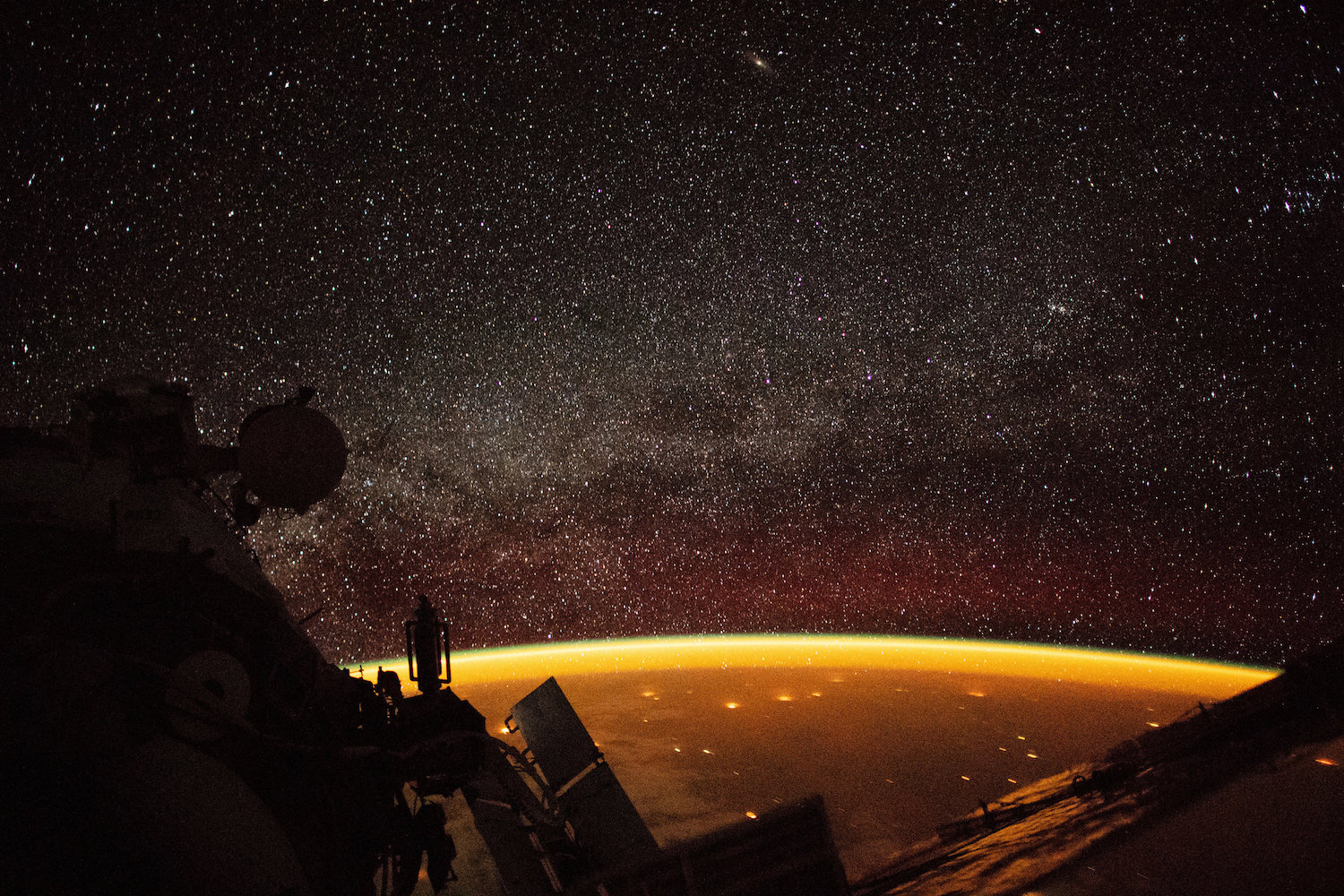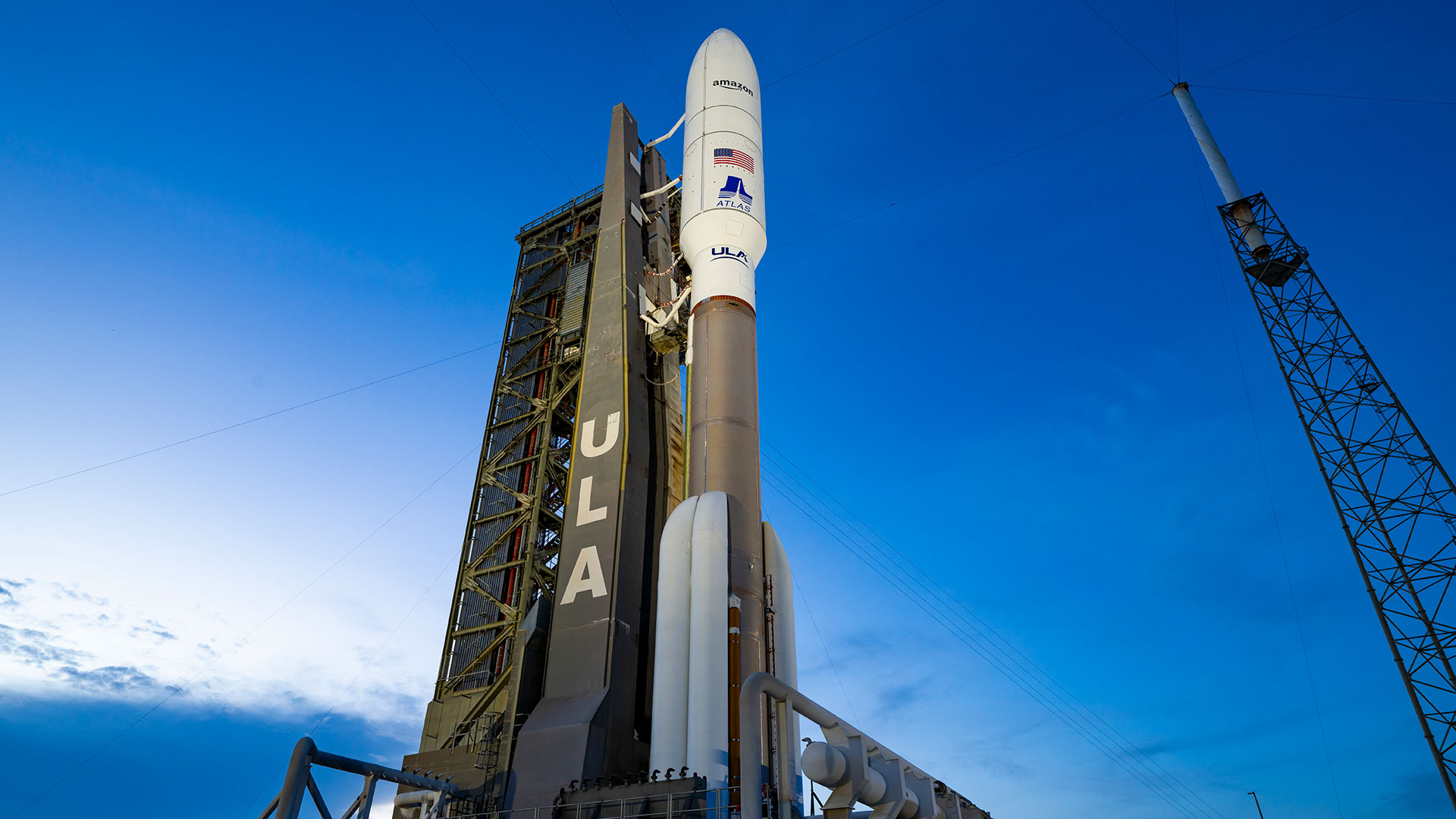Ghostly Orange Light Envelopes Earth During Rare Airglow

An eerie, marmalade-colored light show made Earth look like a gigantic orange lollipop, prompting an astronaut aboard the International Space Station to snap a photo of it on Oct. 7. And yesterday, NASA shared the glorious shot with Earthlings down below.
The enveloping orange hue is known as airglow — a mesmerizing luminescence caused by chemical reactions high in Earth's atmosphere, NASA reported. This ghostly glow usually happens when ultraviolet radiation from sunlight energizes molecules of nitrogen, oxygen, sodium and ozone in the atmosphere. These energized molecules then bump into each other and lose energy as they collide, resulting in a faint but spectacular afterglow, NASA said.
Airglow is best seen at night, as it's 1 billion times fainter than sunlight, NASA said. This particular photo was taken at an altitude of more than 250 miles (about 400 kilometers) above Australia. [Earth Pictures: Iconic Images of Earth from Space]
The radiating blush, also known as chemiluminescence, is comparable to glowing chemical reactions here on Earth, including those seen in children's toys such as glow sticks and glow-in-the-dark silly putty, NASA added.
But airglow is more than an entrancing light attraction. It can also teach scientists about the workings of the upper atmosphere. For instance, it can shed light on how particles near the interface of Earth and space move, including how space weather and Earth weather are connected, NASA said.
Researchers are already using satellites — such as NASA's Ionospheric Connection Explorer (ICON) — to study this dynamic zone.
Although this airglow emanated orange, the phenomenon isn't always the color of the snack food Doritos. In 2016, a photographer in the Azores islands in the Atlantic Ocean took a photo of a rainbow-colored airglow, according to Space.com, a sister site of Live Science.
Get the Space.com Newsletter
Breaking space news, the latest updates on rocket launches, skywatching events and more!
Originally published on Live Science.
Join our Space Forums to keep talking space on the latest missions, night sky and more! And if you have a news tip, correction or comment, let us know at: community@space.com.

Laura is an editor at Live Science. She edits Life's Little Mysteries and reports on general science, including archaeology and animals. Her work has appeared in The New York Times, Scholastic, Popular Science and Spectrum, a site on autism research. She has won multiple awards from the Society of Professional Journalists and the Washington Newspaper Publishers Association for her reporting at a weekly newspaper near Seattle. Laura holds a bachelor's degree in English literature and psychology from Washington University in St. Louis and an advanced certificate in science writing from NYU.

